Publications we loved, and the big news stories from the last month in photobooks – featuring work by Peng Ke, Tom Wood, Paul Reas, Vivian Maier and the post-war PROVOKE group
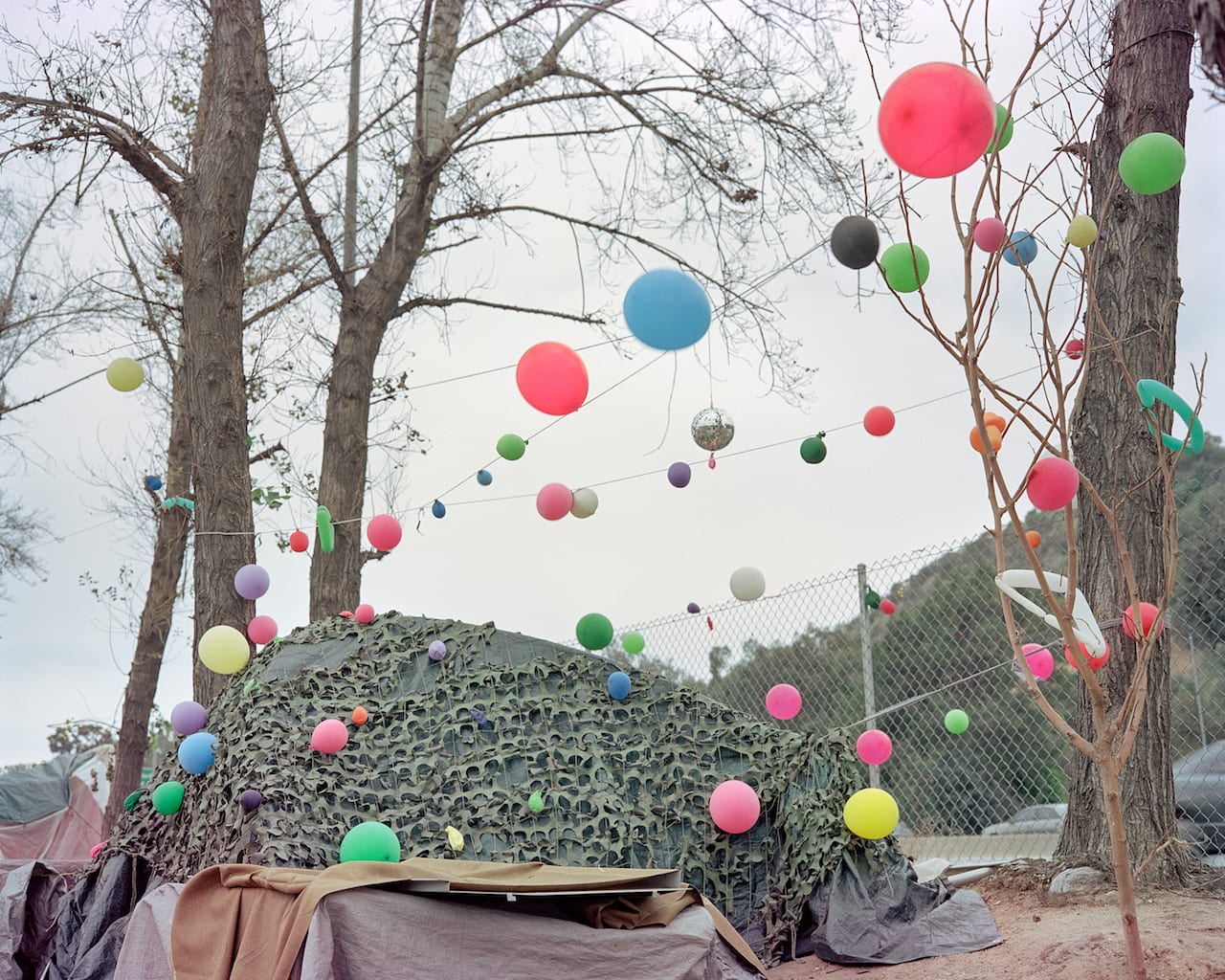

Publications we loved, and the big news stories from the last month in photobooks – featuring work by Peng Ke, Tom Wood, Paul Reas, Vivian Maier and the post-war PROVOKE group
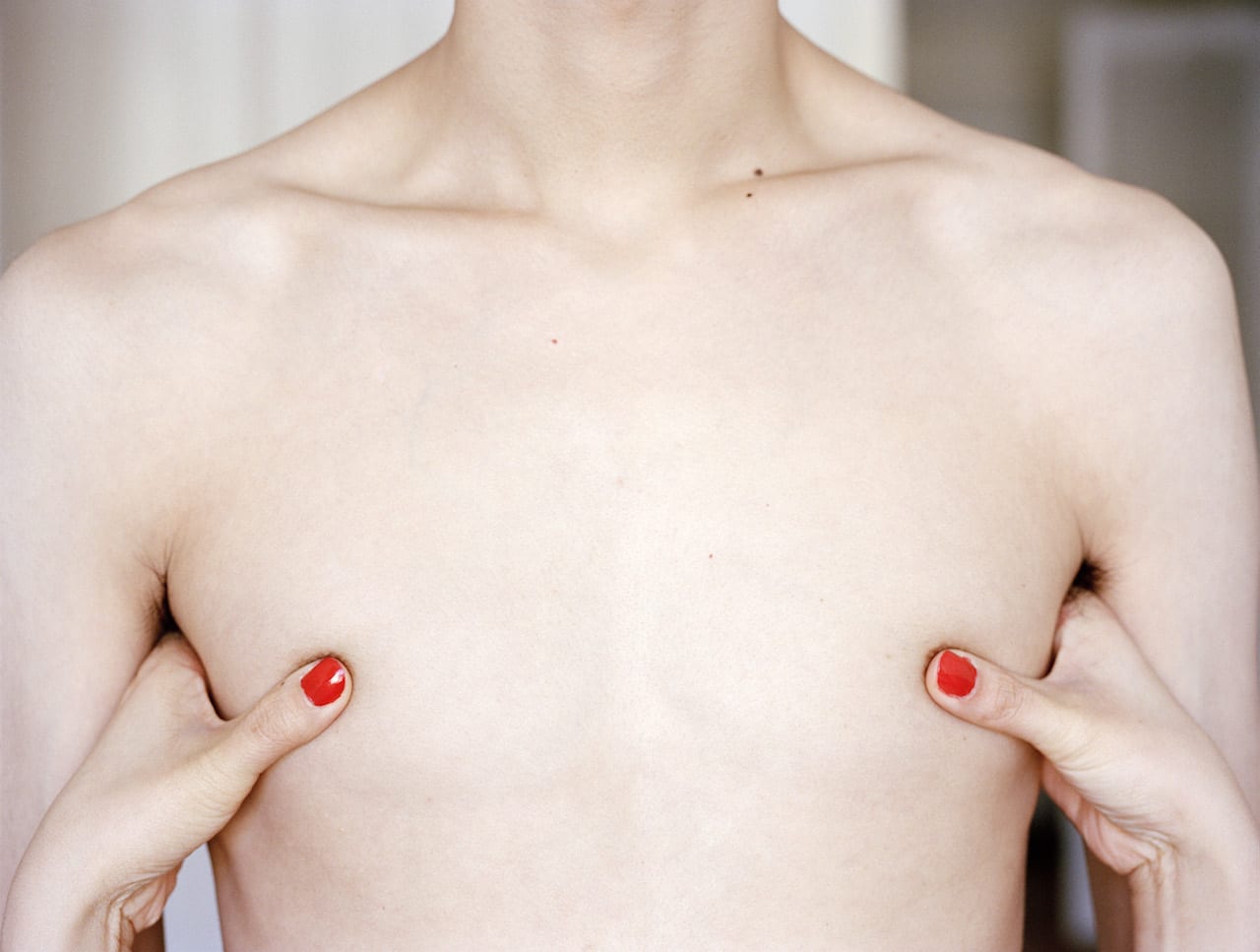
BJP-online Loves Lei Lei and Pixy Liao win at the 2018 Jimei x Arles festival
bjp-online has been following both Lei Lei and Pixy Liao for a while, so we were happy to see them both win prizes at the Jimei x Arles festival. Lei Lei picked up the Jimei x Arles Discovery Award, giving him 200,000 RMB plus a spot in Arles’ prestigious Discovery Award exhibition and competition next summer; Pixy Liao won the Jimei × Arles – Madame Figaro Women Photographers Award. And bjp-online loves the Jimei x Arles initiative in general, which is packed with interesting work by image-makers from China and beyond. Plus six other key stories from the last week
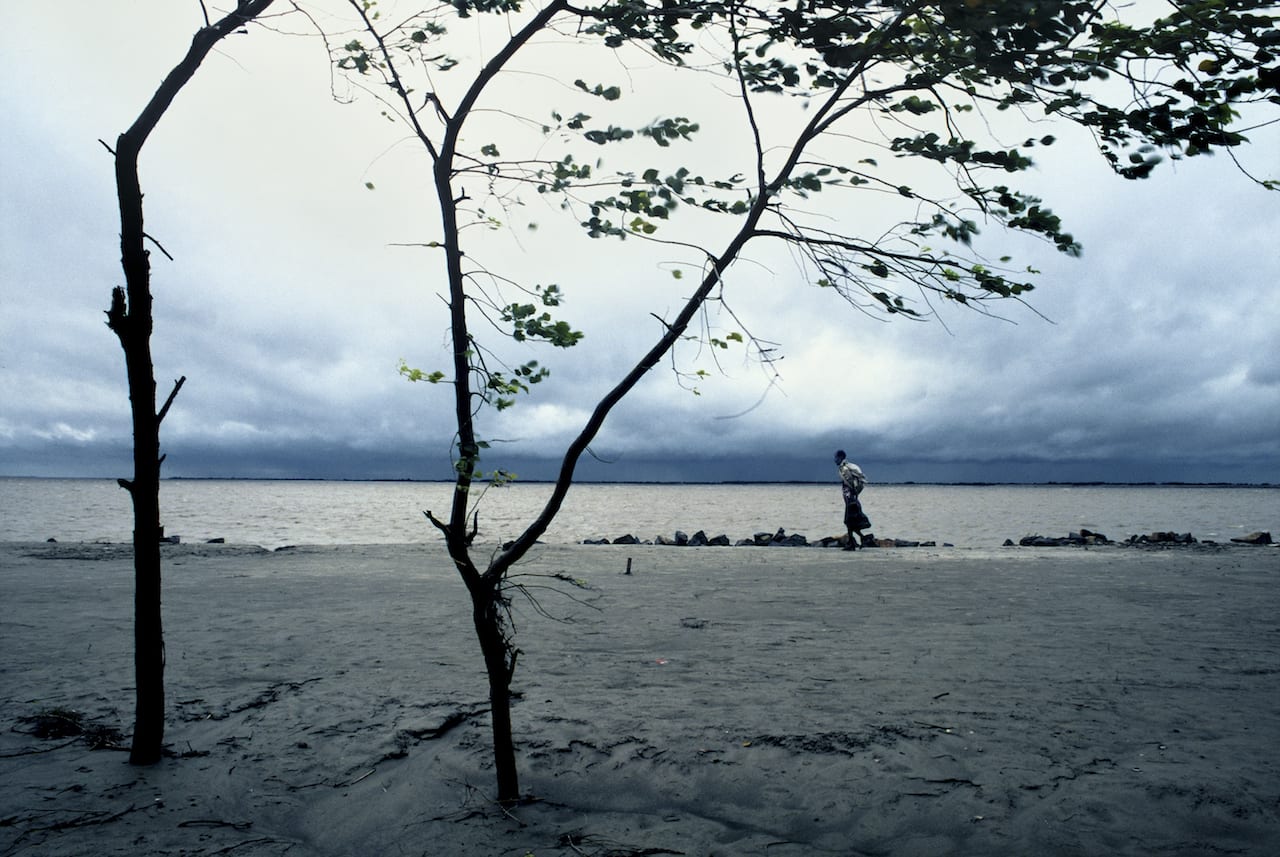
Acclaimed Bangladeshi photographer Shahidul Alam hit the headlines for all the wrong reasons this autumn, when he was arrested in Dhaka on 05 August for making “provocative comments” following widespread protests against government corruption. After over 100 days in jail he’s now been freed on bail, and back in the media for his images – which is now on show in London. He’s included in the third FIX Photo Festival, which is open until 01 December in London, and also includes work by Magnum Photos’ Chris Steele-Perkins, Zaklina Anderson, Robert Clayton, Christian Nilson, Mercedes Parodi, Helen Petersen, Einar Sira, Chloe Rosser, and more, plus a symposium on women in photography.
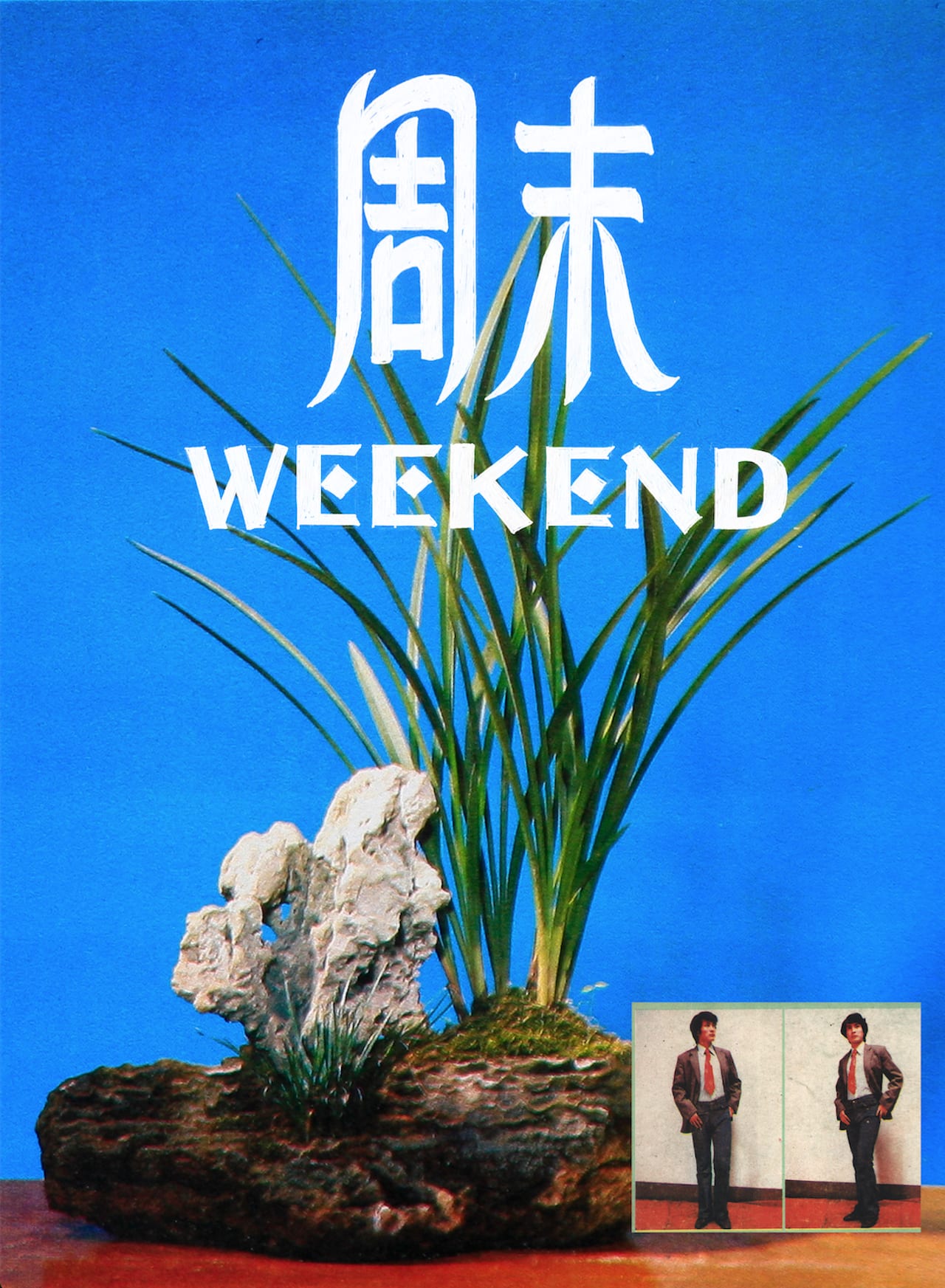
Chinese photographer Lei Lei has won the Jimei x Arles Discovery Award, giving him 200,000 RMB plus a spot in Arles’ prestigious Discovery Award exhibition and competition next summer. Born in 1985 and now living in Beijing and Los Angeles, the photographer won with the project Weekend, which uses archive images to consider history, nostalgia, and personal identity. Lei Lei’s previous projects include Hand-coloured, a joint series with French artist Thomas Sauvin which also features archive images, and which was exhibited at the Festival Images Vevey and previously published on bjp-online in December 2017.
Lei Lei was picked out from the 10 photographers shortlisted for the Discovery Award, all of whose work is currently on show in Citizen Square in Jimei, South East China. The other photographers included by the curators Dong Bingfeng, Li Jie, Chelsea Qianxi Liu, Holly Roussell and Wang Yan were: Coca Dai (1976), Hu Wei (1989), Pixy Liao (1979), Lau Wai (1982), Shao Ruilu (1993), Shen Wei (1977), Su Jiehao (1988), Wong Wingsang (1990), and Yang Wenbin (1996).
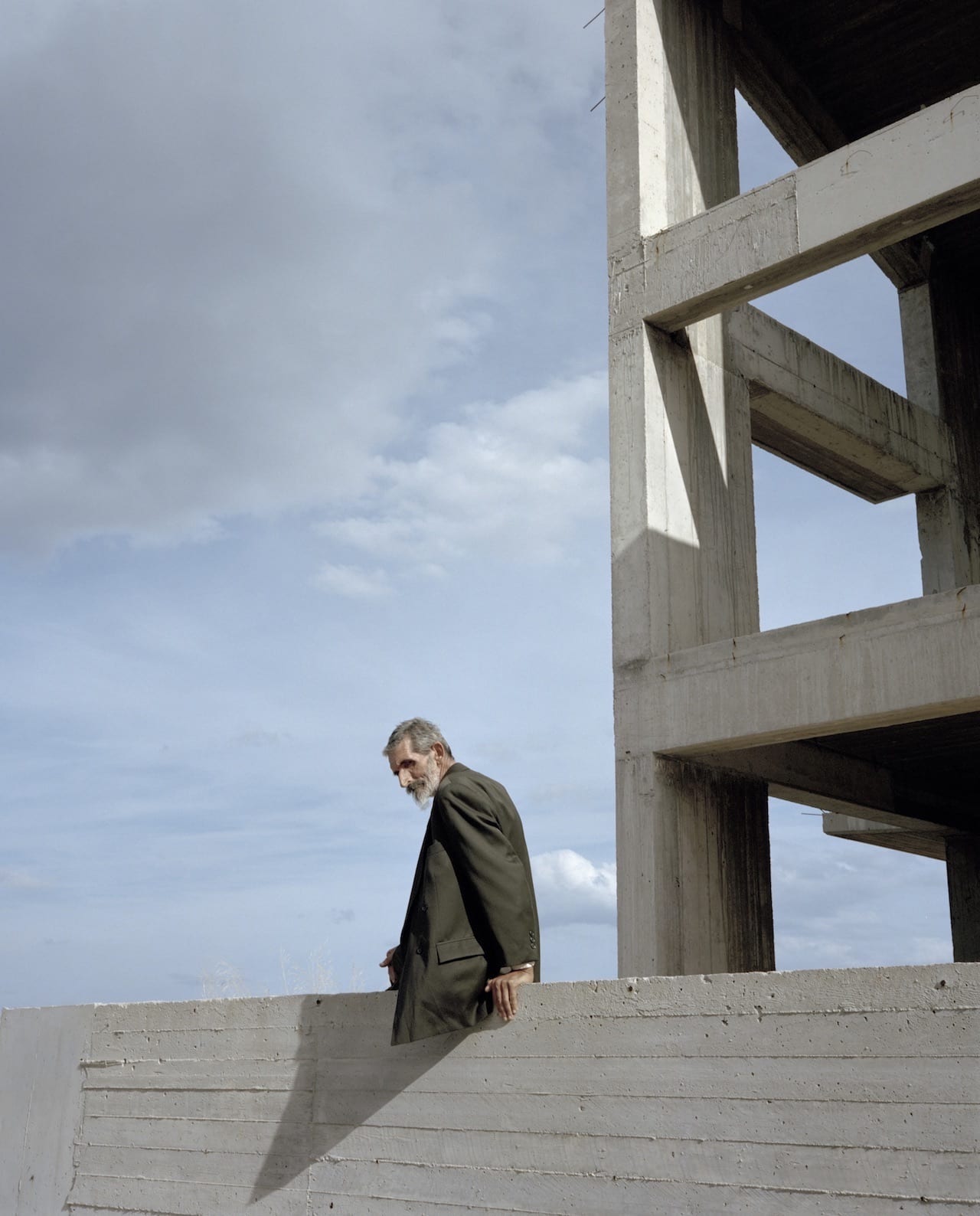
Michalis Poulas has lived in Crete for much of his life. It was here that he first learned the technicalities of photography from his father, who opened a film-processing shop on the Greek island in 1988, and here that he built a career as a professional photographer. Shooting mostly on digital, in 2014 he decided to revisit the world of medium format, and with all the languidness that such work entails, it seemed natural that the island should serve as his subject.
The result is Infinite Perimeter, an as- yet-unfinished series which looks at a decade of sociopolitical unrest on the island with a cool objectivity. While all the images were taken in Crete – 90 per cent of them within 10 kilometres of Poulas’s home – this is neither documentary photography, nor a series about Greece specifically. Rather, it’s about the instability permeating the Western world today.
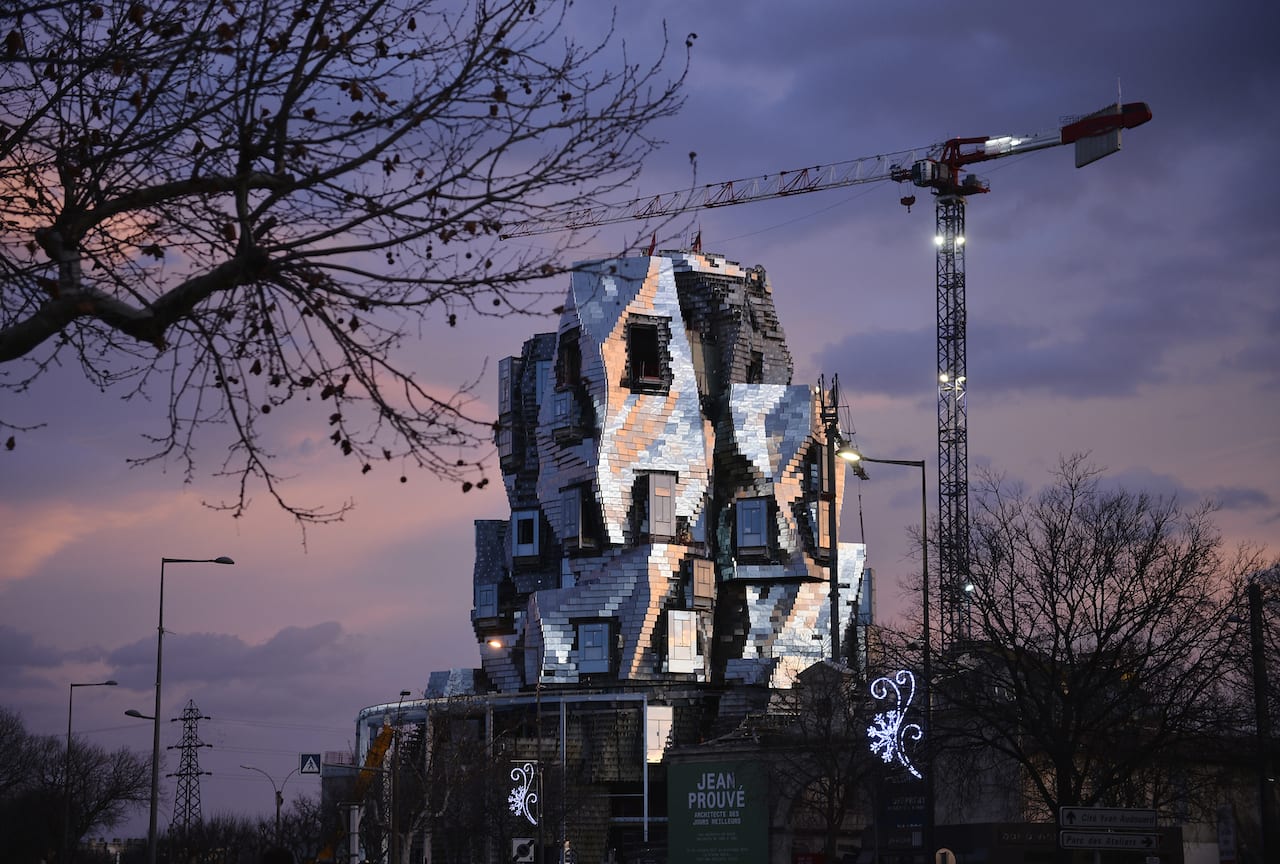
Its opening has been pushed back to 2020, but the LUMA Arles complex is taking shape in the French town celebrated for its prestigious Les Rencontres d’Arles photography festival.
Set on the site of the former SNCF rail yard long used for exhibitions by Les Rencontres, LUMA Arles will be an interdisciplinary arts centre aimed at supporting and producing exhibitions, research, education and archives. It is backed by Swiss collector Maja Hoffmann, whose LUMA Foundation has been involved with Les Rencontres d’Arles since 2013. LUMA Arles will occupy a 20-acre site when it’s complete, and the arts centre will be the centre-piece.
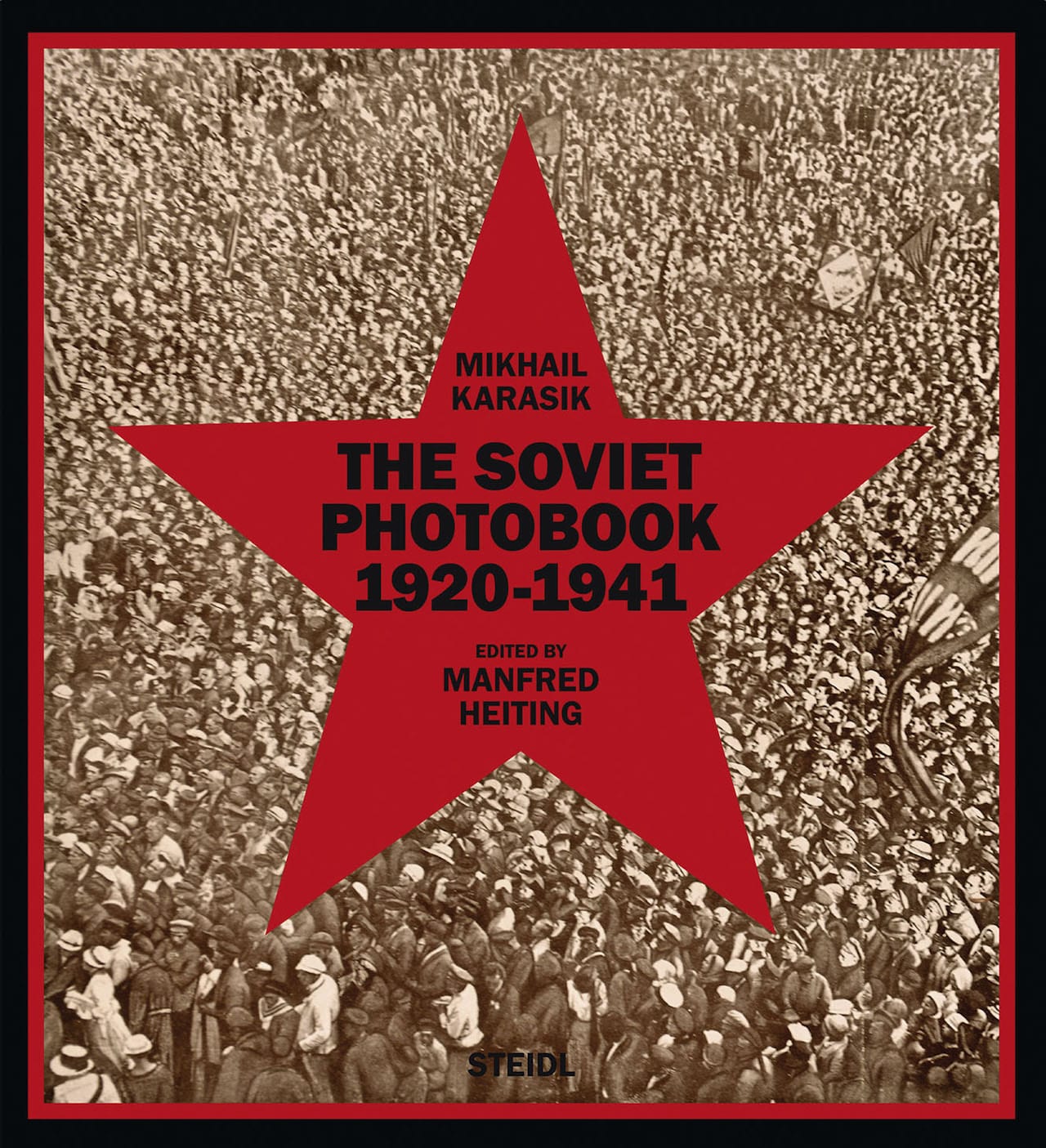
So far the wildfires in California have claimed the lives of 94 people and laid waste to 1,667,855 acres of land this year. And, according to Dutch paper NRC Handelsblad, they’ve also consumed a world-renown library of photobooks, put together over the last six years by Dutch collector Manfred Heiting.
Based at Cutberth Road, Malibu, Heiting’s collection included vintage photographs, posters, ceramics and art deco furniture – and at least 36,000 photobooks. Residents in this area were told to evacuate a week ago, and the coastal town is now “a war zone”, Heiting told NRC Handelsblad. At the time of the report on 20 November, Heiting has not yet been given the green light to visit his house but he stated that: “On satellite photos I can see that everything in my neighborhood has disappeared. Two or three houses may have survived. The rest was pulverized in a ten-minute fire storm.”
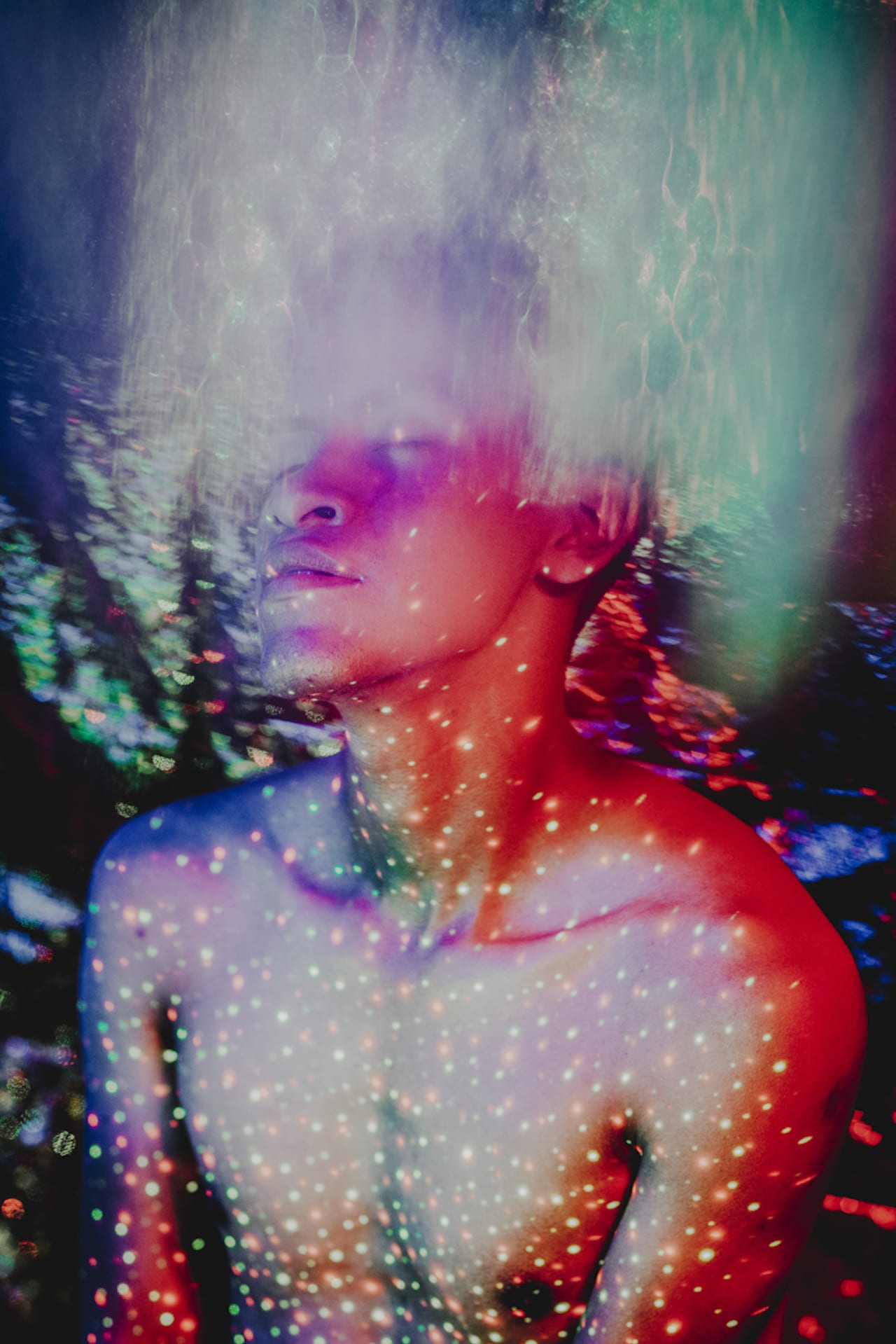
Growing up in Peru in a large family “with limited resources”, photography didn’t figure large in Prin Rodriguez’s childhood. In fact her family only got its first camera – a pocket digital camera – when she was finishing secondary school, and was initially firmly against it when Rodrigeuz said she wanted to study photography. “They had the conviction that university education was a way of moving up the social ladder, and that photography did not offer any certainty of this,” she tells BJP. “For my family to have a camera was almost a luxury.”
Despite this Rodriguez persisted, and is now building a successful career in image-making. She’s currently taking part in the VII workshop in Poland, one of only 20 photographers to have been invited to join, and the only one from the whole of Latin America. Her work was recently published on the PHmuseum website, and she has co-founded the Pariacaca collective with fellow photographer Monarca Criollo.
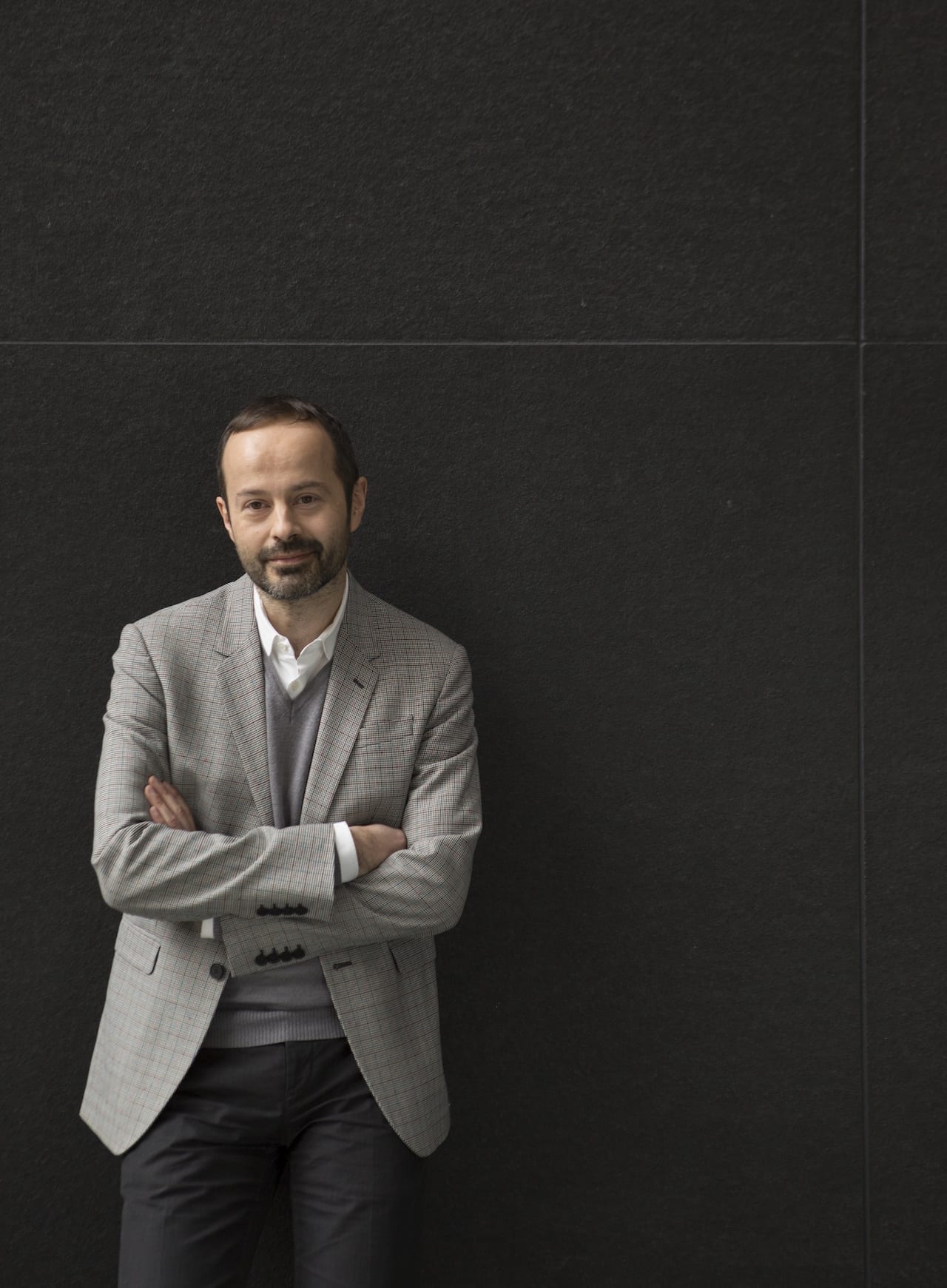
Quentin Bajac is leaving the coveted role of chief curator of photography at New York’s Museum of Modern Art for a new job in Paris – director of the Jeu de Paume. He succeeds Marta Gili at the Jeu de Paume, who announced in June that she would resign as the museum’s director after 12 years in the role. MoMA has stated that it will “immediately launch a search for a new chief curator of photography”, a role first made famous by John Szarkowski from 1962 to 1991.
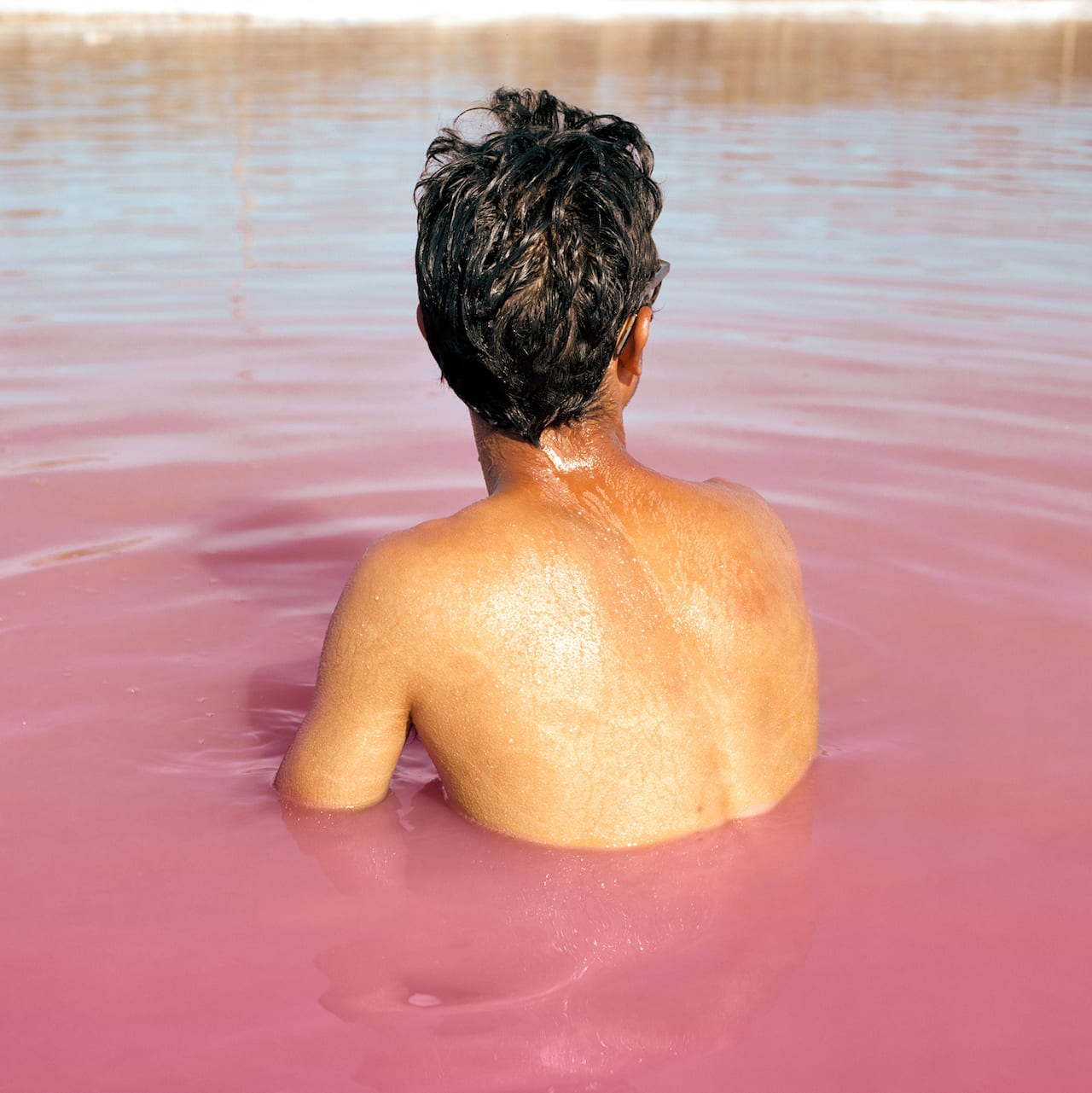
Now in its second year, the PHmuseum Women Photographer Grant has a simple premise – to recognise and award world-class photographers, who also happen to be women. Judged this year by a prestigious panel including Magnum photographer Alessandra Sanguinetti and The Photographers’ Gallery senior curator Karen McQuaid, the Grant has two main sections – The Women Photographer Grant and the New Generation Prize for those under 30 years of age. BJP takes a look at those who have made the shortlist.